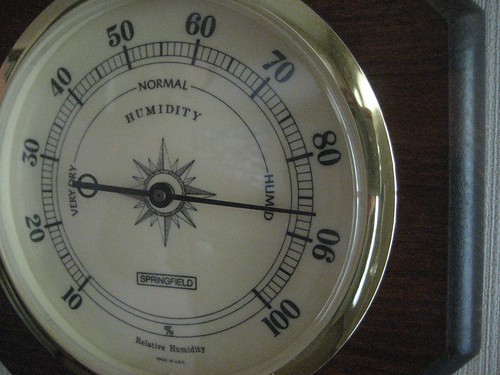Fireplaces can be great fun during the winter, providing ambiance and some added heat in the immediate vicinity. They can also be a huge waste of energy year-round. In weatherization we often talk about the “stack effect,” which is also commonly referred to as the “chimney effect.” In short (and greatly oversimplified), heat rises. During the winter warm air goes up and out through any and all holes. This is why sealing the attic is so important. Chimneys, however, are often overlooked. They are a huge heat loss during the winter and cool air during the summer, that is easy to fix and pays back immediately. Fireplaces and chimneys are straight shots from your climate controlled inside to the outside – a huge hole in your home’s ability to maintain the temperature you want. In the winter, whether you’ve got a fire raging or not, warm air goes up through the chimney outside, wasting energy and money. In the summer your cool air will do the same. Stopping that air flow is critical and usually, very easy. Usually the easiest way to stop the flow is with something called a “chimney balloon.” They are exactly what they sound like – a balloon you stick through your fireplace and into the chimney just above the flue. (You do have a flue, don’t you?) The most difficult thing is measuring your chimney interior to make sure you’ve got the correct fit. After that you inflate it the same way you do any balloon and it very effectively seals that hole but allows you to easily remove it if you want to build a fire in the winter. What happens though, if you can’t fit a chimney balloon? A few months ago we weatherized a home where the chimney was not only huge but had an irregular shape. A chimney balloon would not be able to seal this area. We didn’t want to give up though because this chimney was causing a huge waste of energy. We donned our thinking caps and came up with a cheap and easy solution that:
- Stops the air flow,
- Is removable if the owner wants to make a fire,
- Looks good.
All pieces were purchased at local hardware stores – the only technical skills required were cutting the plywood to size and measuring the spot, a dozen times. Check out the video below shot and edited by Martin LaMonica, and let us know if you’ve got other solutions to irregular spots. -Jeremy


